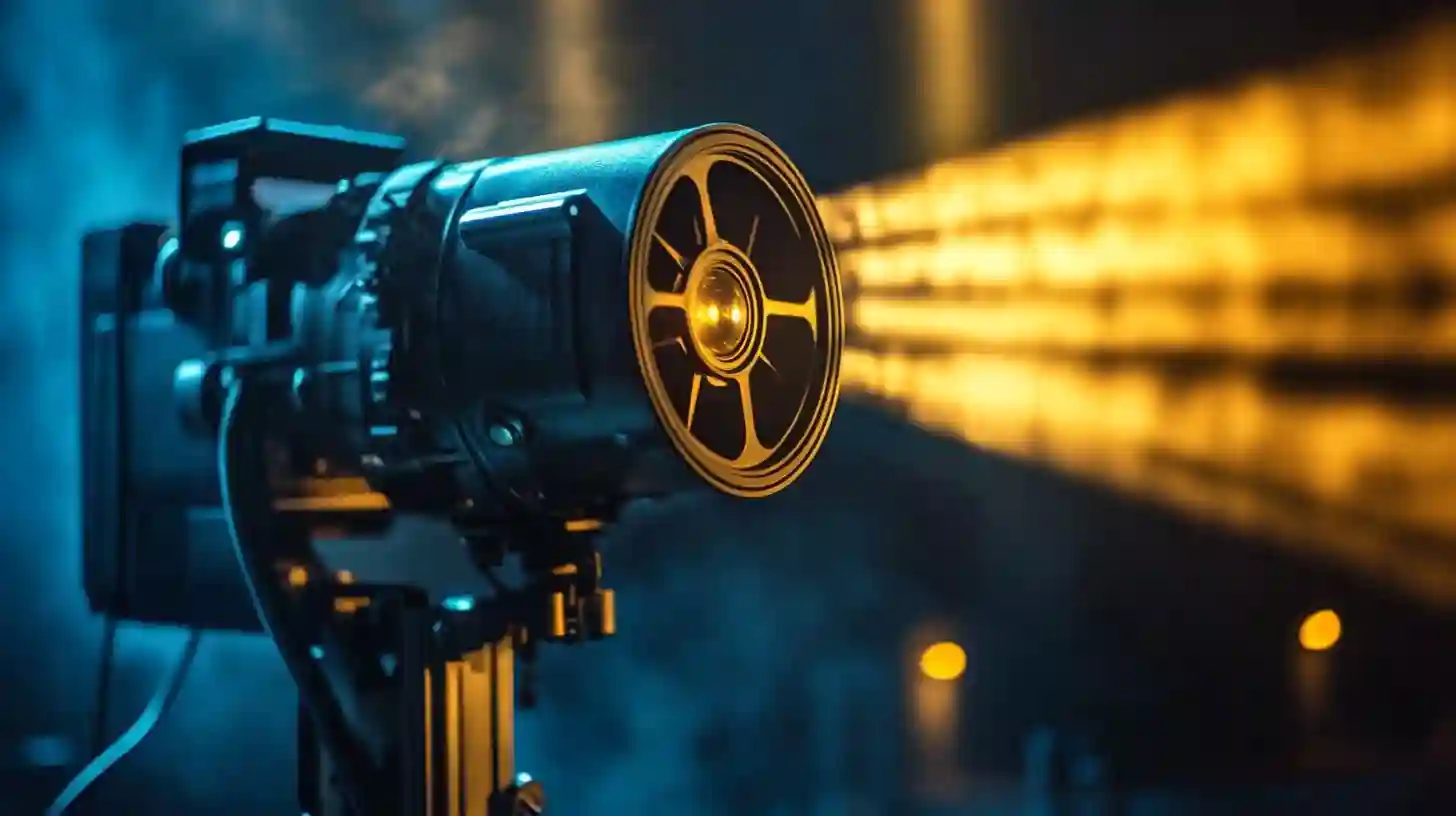
The movie projector stands as one of the most significant milestones in the evolution of cinema, transforming how stories are told and experienced across the globe. Before its advent, storytelling was primarily confined to live performances, shadow puppetry, and rudimentary visual art forms. The introduction of the projector revolutionized these modalities of expression by enabling filmmakers to bring their stories to life on a much larger scale, impacting audiences in ways that were previously unimaginable.
The journey to the modern movie projector began in the late nineteenth century, as inventors and pioneers sought to merge the concepts of photography and motion. The ability to capture moving images was a pursuit that fascinated many, leading to experiments and innovations that laid the foundation for future developments. Early devices like the phenakistoscope and the zoetrope offered glimpses into motion by displaying sequential images in a rapid succession, creating the illusion of movement. These inventions created a fertile ground for aspiring filmmakers and technical innovators alike, who were eager to refine and expand upon their groundbreaking work.
Thomas Edison and his team played a vital role in the creation of the first commercially viable motion picture projector known as the Kinetoscope. This device provided individual viewing experiences, allowing one person at a time to watch a short film through a peephole. While innovative for its time, the Kinetoscope was limited in its scope and audience reach. It wasn't until the Lumière brothers introduced the Cinématographe that the world saw the potential of projecting films for a larger audience. The Cinématographe was lightweight, portable, and capable of both filming and projecting motion pictures. It ushered in a new era of cinema, where gathered crowds could share in a collective experience, and viewing films transitioned from a solitary activity to a communal event.
The success of the Cinématographe soon sparked a flurry of interest in movie production and projection equipment. Numerous inventors and entrepreneurs sought to capitalize on the burgeoning film industry, leading to a series of enhancements in technology. The incorporation of electric light into projectors made it possible to project brighter images, making the experience more engaging for larger audiences. As projectors became more sophisticated, the design underwent transformations that supported the broader narratives and artistic goals of filmmakers. With these improvements, the medium of film began to flourish, allowing for longer narratives and more intricate storytelling techniques.
The arrival of sound in films during the late 1920s marked another pivotal moment in the history of the movie projector. The advent of synchronized sound required significant advancements in projection technology, leading to the development of sound projectors that could play audio alongside the picture seamlessly. This innovation drew audiences even closer to the narrative experience, making films more immersive than ever before. The synergy of sight and sound became a standard expectation, compelling filmmakers to focus even more on the artistry of storytelling.
In the decades to follow, advancements in film stock and projection systems continued to refine the quality and effectiveness of the movie projector. The introduction of color films further enriched the audience experience and opened up new avenues for creative expression. Cinematic storytelling entered a new phase that emphasized visual aesthetics and palette, often reflecting the cultural and social themes of the time. The growing expanse of genres and styles showcased how the movie projector could transcend simple entertainment, becoming a vehicle for cultural commentary, emotional expression, and social change.
As technology developed, so did the rise of television, leading to a dramatic shift in how audiences consumed visual narratives. Despite the popularity of home viewing options, the movie projector still maintained its role as an essential tool in the film industry. Cinema halls began to adopt more advanced projection technologies like digital projectors, which promised sharper images, enhanced color precision, and improved overall viewing experiences. The alignment of technology with creativity allowed filmmakers to explore even more ambitious narratives, resulting in a diverse range of stories that resonated with audiences worldwide.
The legacy of the movie projector is reflected not only in the art of filmmaking and storytelling but also in the collective experiences that cinema has fostered over the years. It has become an essential part of cultural dialogue, enabling the exploration of themes that resonate with societal issues, personal struggles, and universal truths. The movie projector has evolved beyond a mere tool; it stands as a testament to humanity's quest for connection, understanding, and the eternal desire to tell stories that inspire and engage. As innovations continue to emerge, the foundational role of the projector in cinema history remains undeniable, reminding us of the power of visual storytelling in shaping our experiences and perceptions.